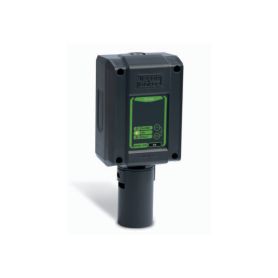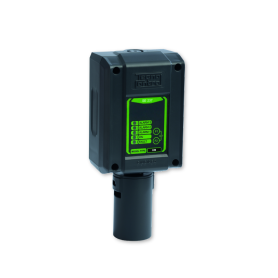During the production of wines and distillates, the danger of gas comes from the use of substances required for wine preservation, sterilization of tanks or containers, wine fermentation and, finally, stocking of alcohol..
GASES INVOLVED
Nitrogen (N): when entering inside wine vases where nitrogen was introduced to inert the atmosphere so to avoid oxidation of the product in container filled only in part, the operators may be exposed to the nitrogen remained in the tank after liquid has been removed.
Carbon dioxide (CO2): Carbon dioxide is a colourless, odourless gas, it is not combustible but toxic in high concentration. During periodical maintenance of water softening tanks, a standstill of the plant, even for a short time, may cause a stagnation of carbon dioxide, so the operators may be exposed to it whenever they enter the empty tanks.
Sulphur dioxide (SO2): It represent an extraordinarily useful substance in oenology. Its antiseptic power is exploited when harvested grapes go into processing and, afterwards, into must and wine. Sulphur dioxide is used for the antiseptic treatment of empty drums. It has a function as selector of yeasts; finally, it is an antioxidant, so it has the power of protecting wine and delay its ageing.
EXPECTED RISKS
N: like carbon dioxide, high concentrations of gas nitrogen in air may cause asphyxia.
CO2: poisoning due to carbon dioxide, risk of asphyxia due to lack of oxygen.
SO2: in excessive quantities it may get toxic. It may affect the olfactory bulb and cause acute pains inside the nose cavities. It dilutes in wine and, if ingested in big quantity, may cause different disease, among which migraine



